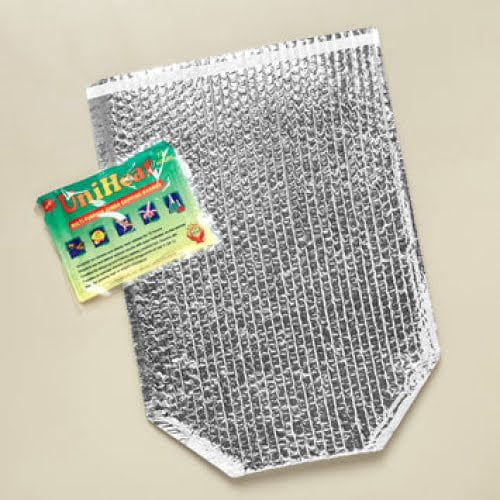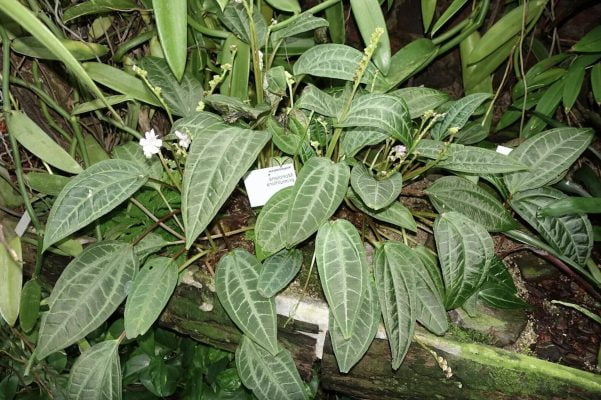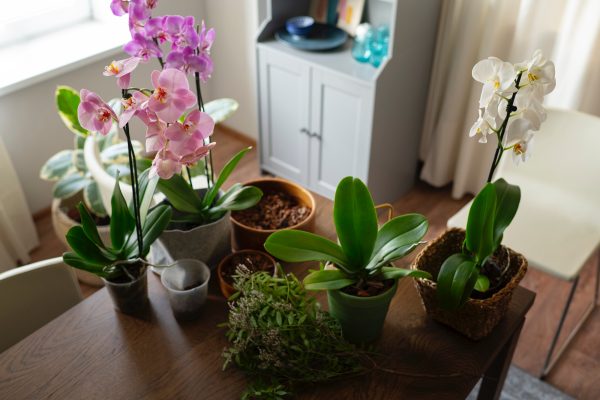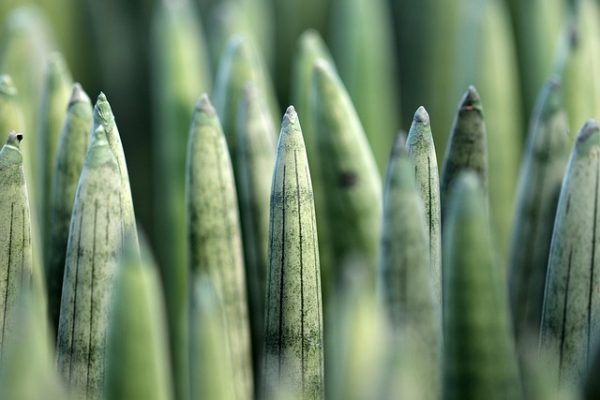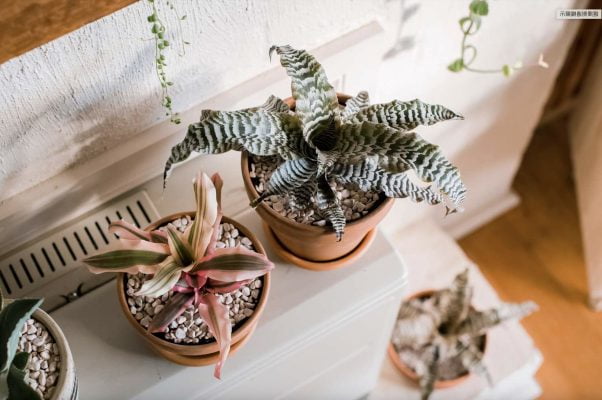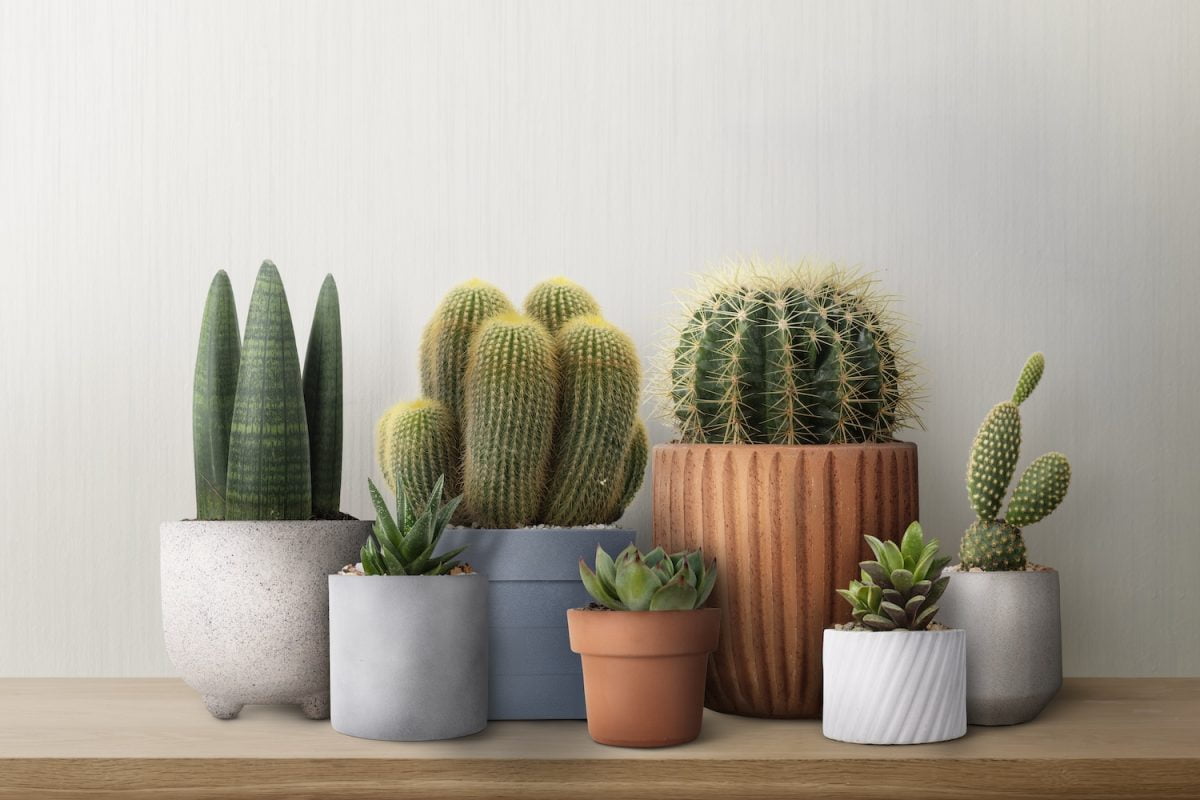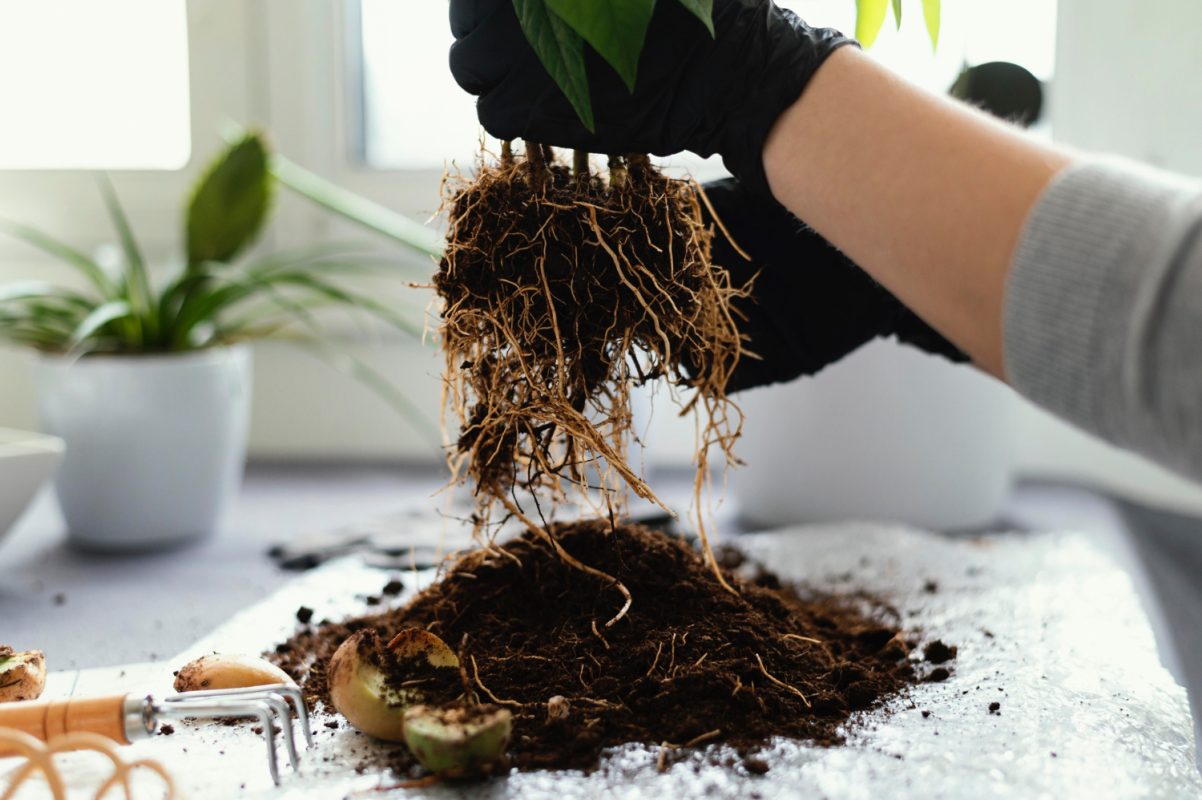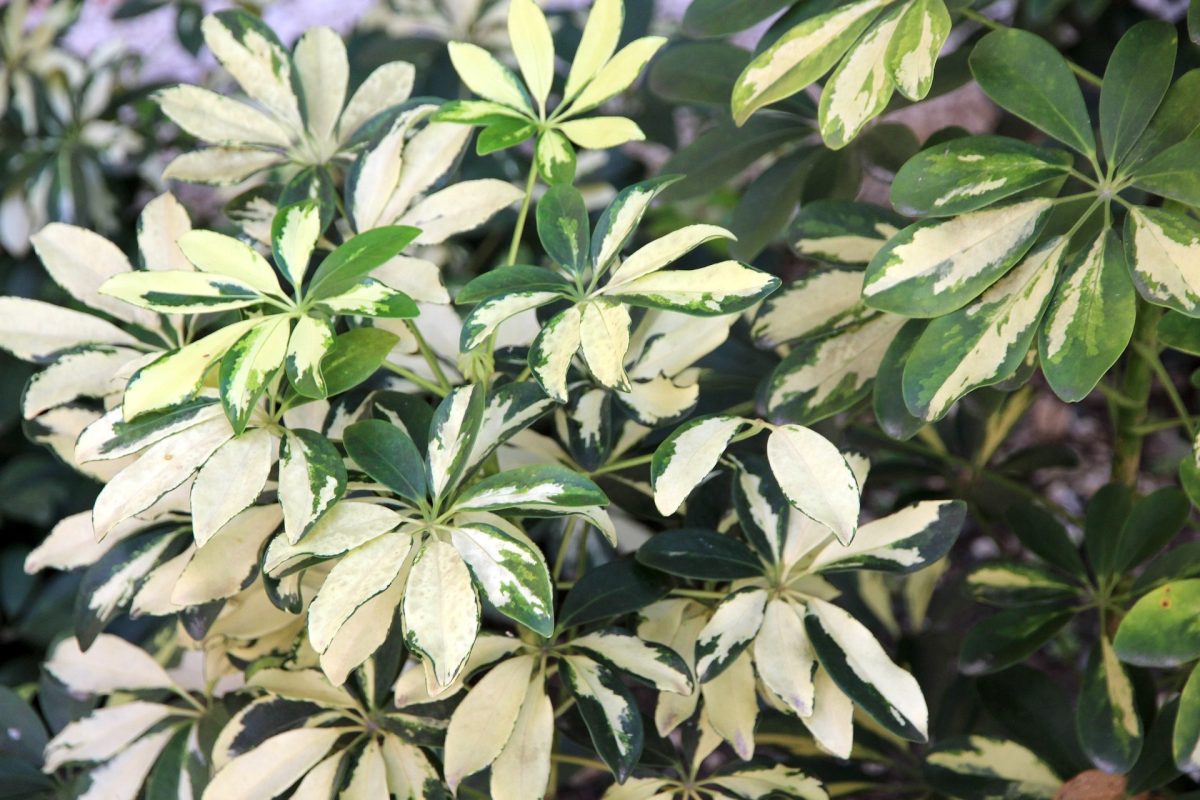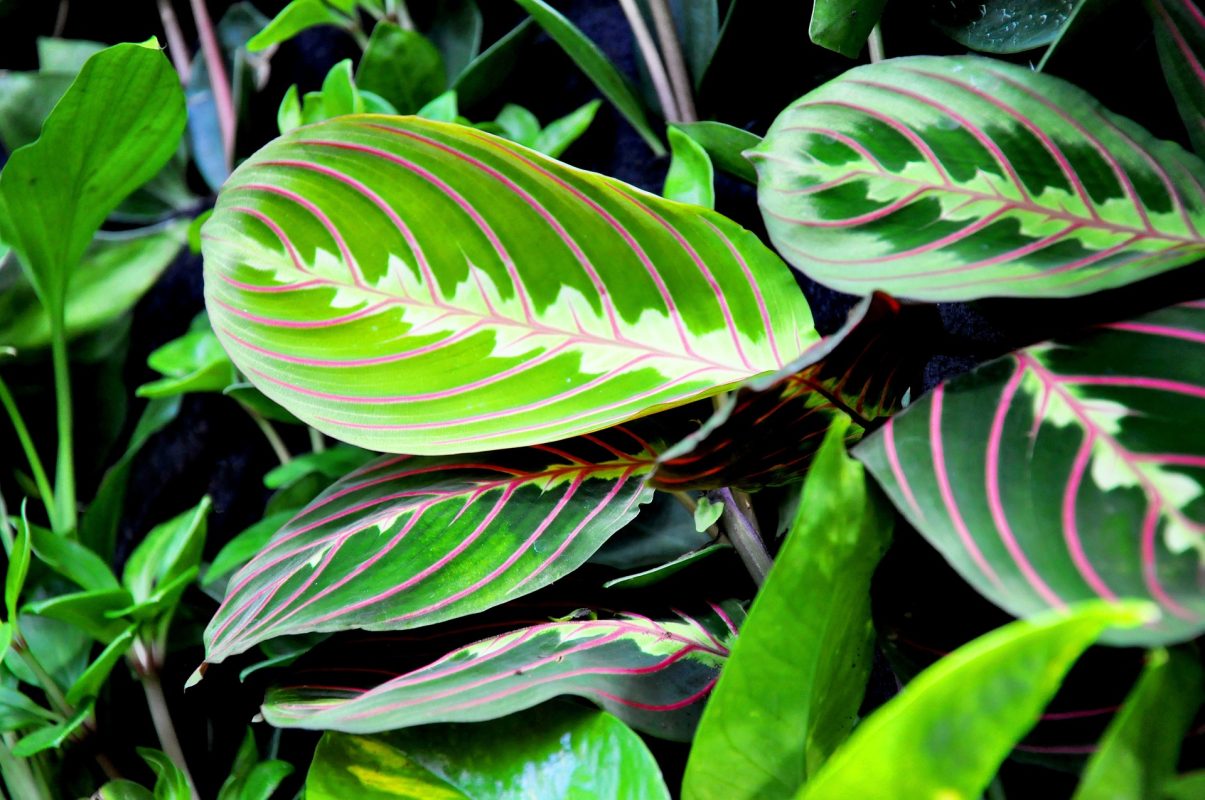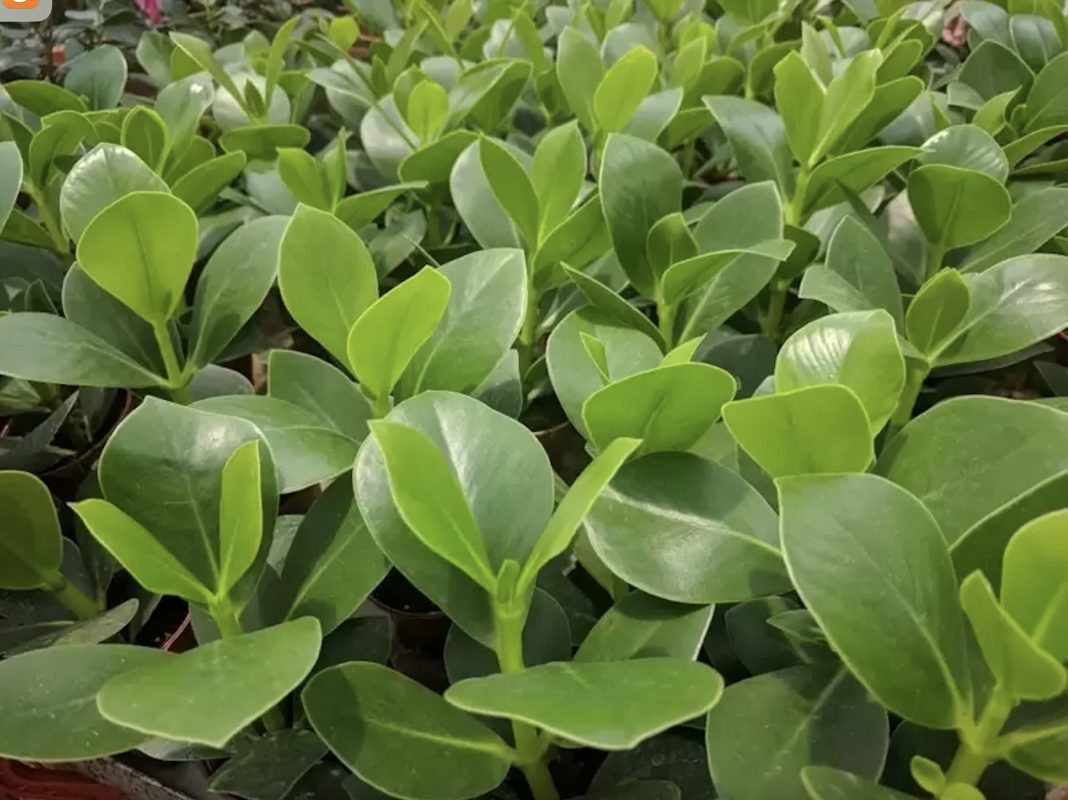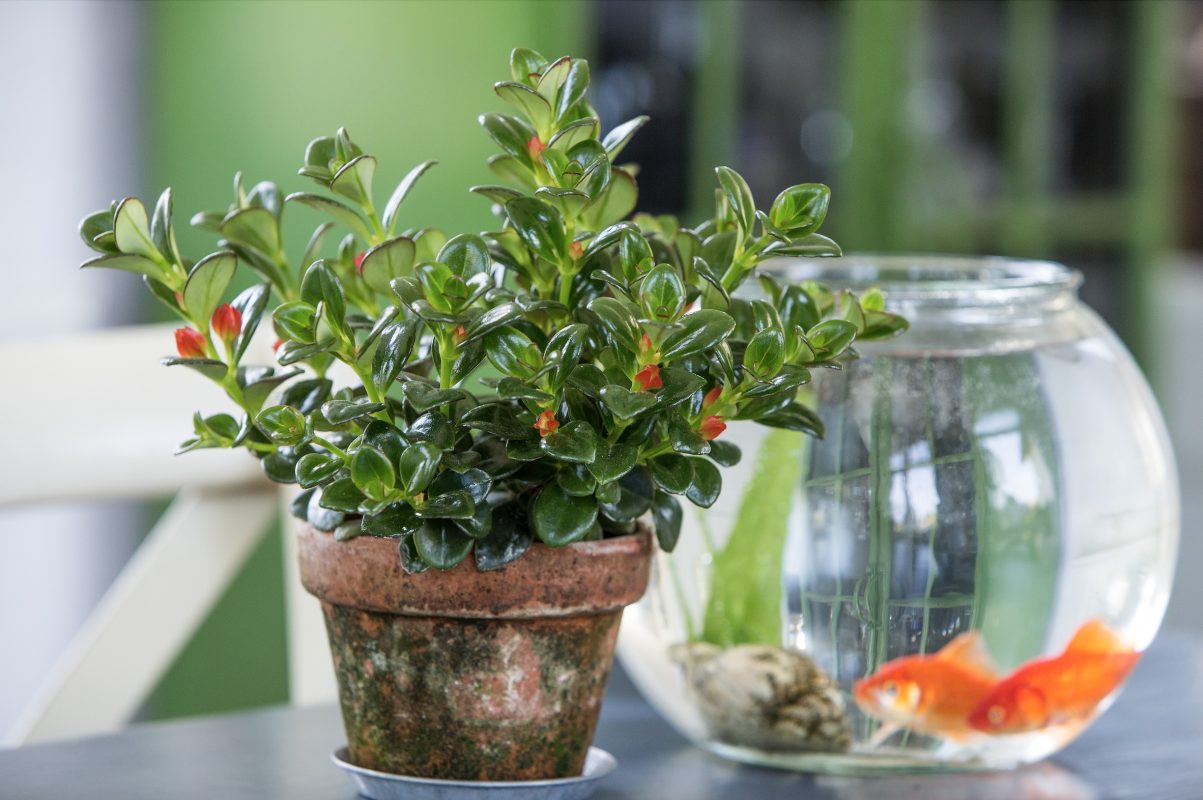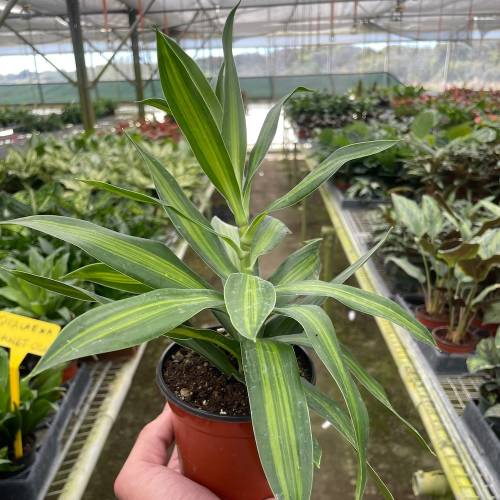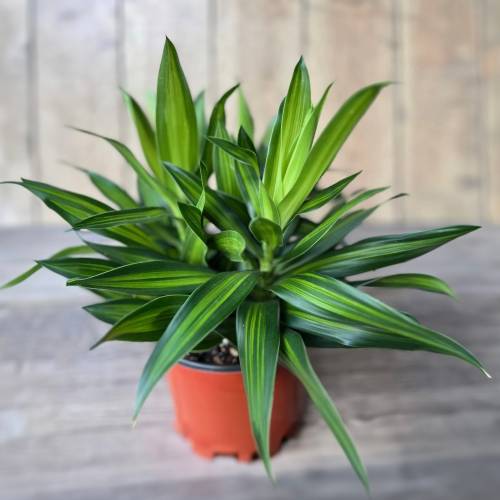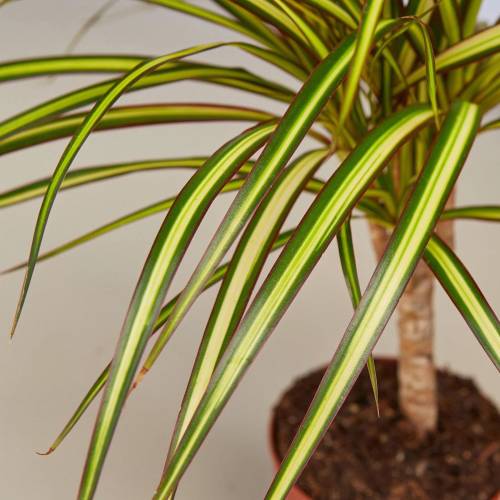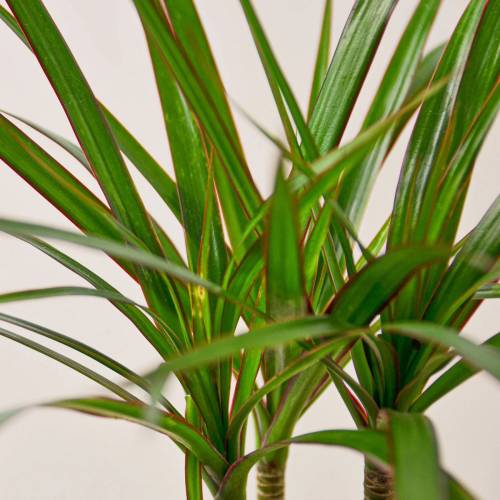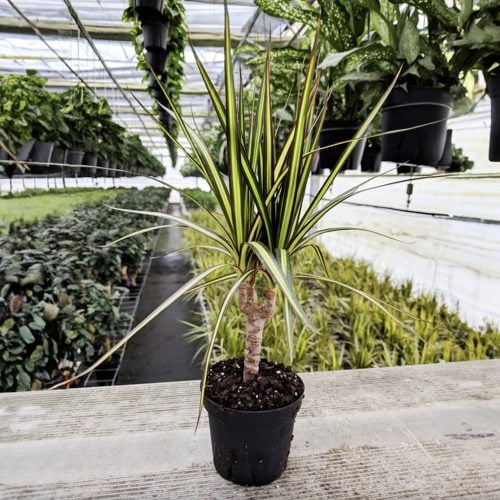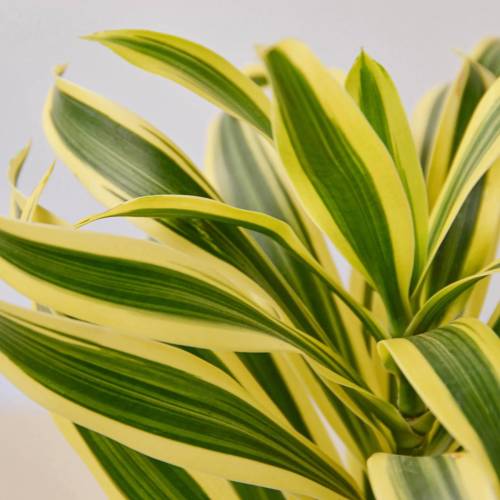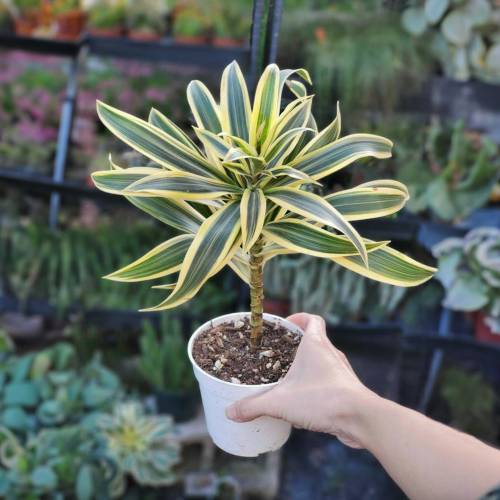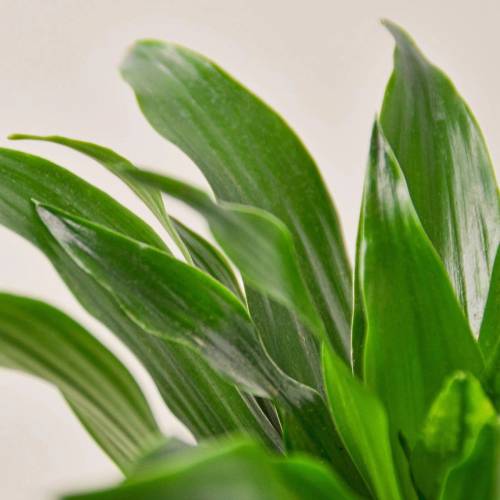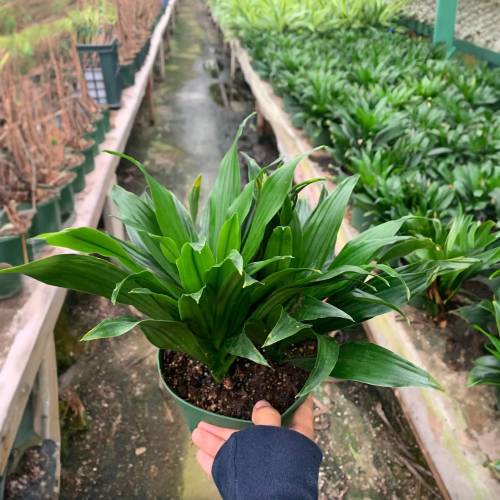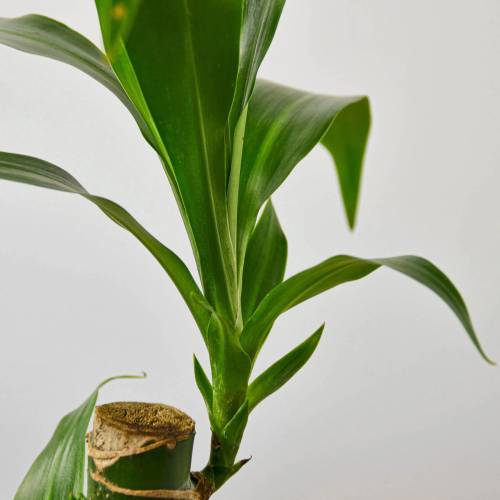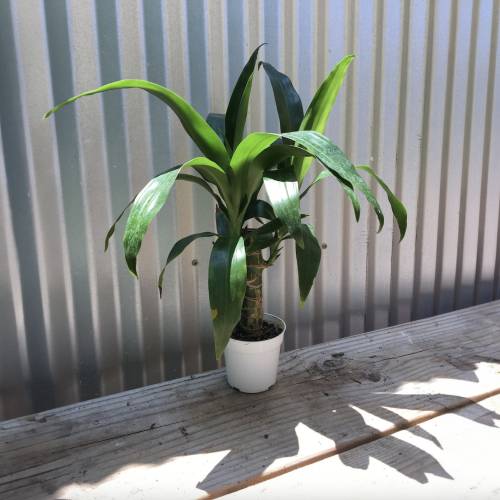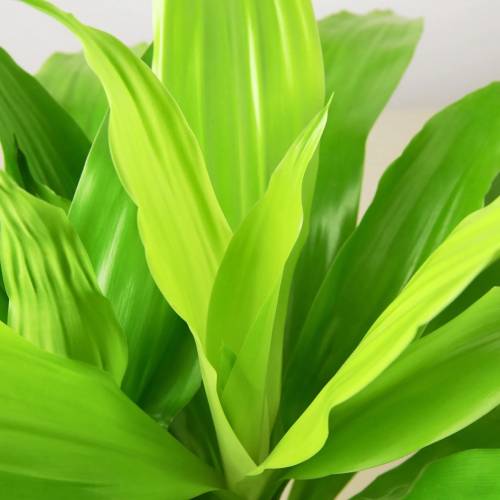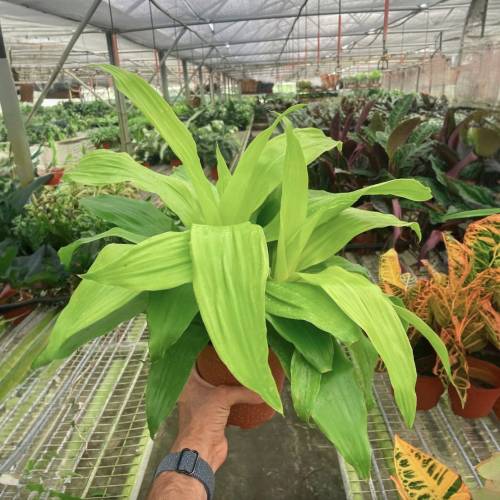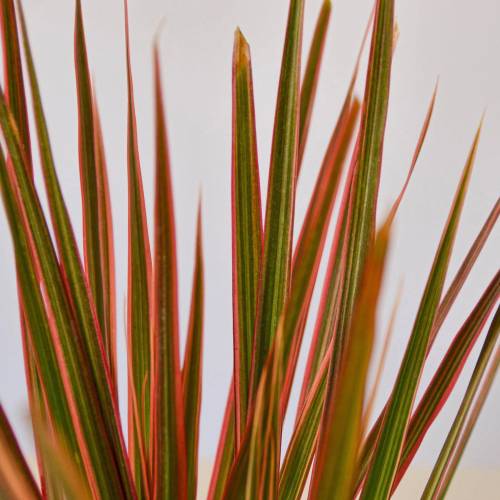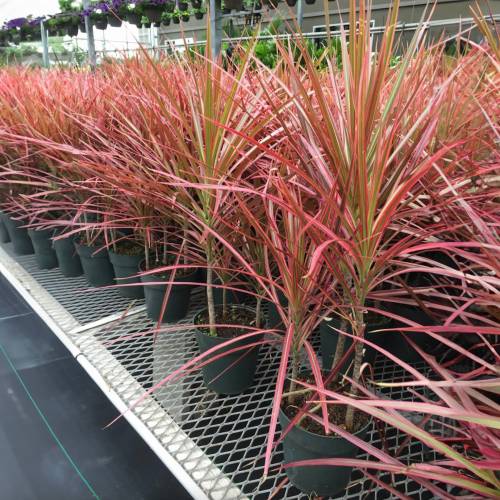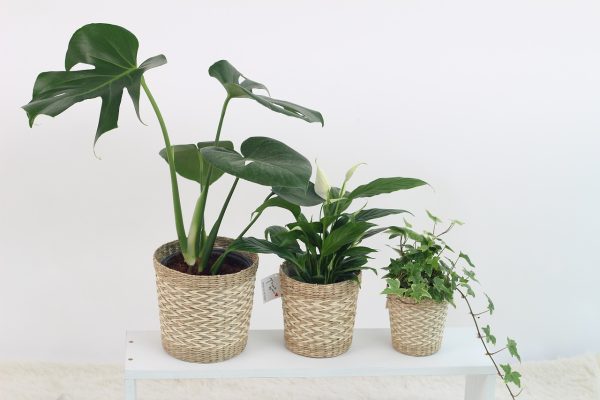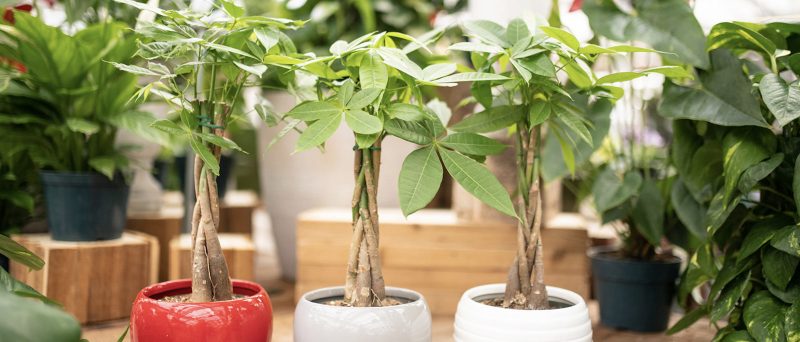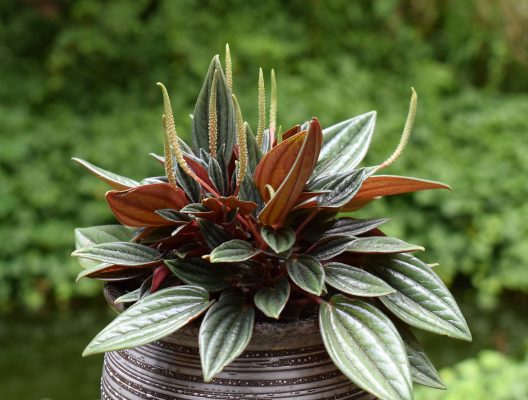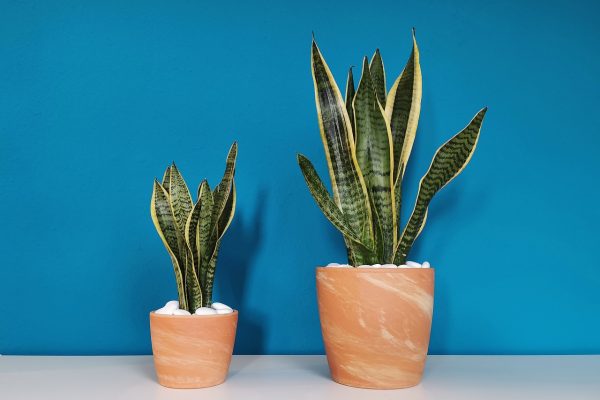Spider mites are tiny pests that can cause significant damage to your plants if not detected and treated early. These arachnids, which belong to the same family as spiders and ticks, are notorious for feeding on a plant’s sap, leading to discoloration, wilting, and in severe cases, plant death. Understanding how to spot and treat spider mites effectively is essential for any plant enthusiast. Here’s a guide on identifying and managing spider mite infestations.
What Are Spider Mites?
Spider mites are minuscule arachnids that are often less than 1/50 of an inch in size, making them difficult to see with the naked eye. They thrive in warm, dry environments and multiply rapidly, making infestations challenging to control. Spider mites typically appear on the underside of leaves, where they feed by piercing the plant cells and sucking out the contents, leading to damage.
How to Spot Spider Mites
Check for Webbing: One of the most telltale signs of a spider mite infestation is the presence of fine, silky webbing on the plant, particularly around the leaves and stems. These webs can sometimes be mistaken for dust, but a closer look will reveal their intricate nature.
Look for Speckled or Discolored Leaves: As spider mites feed on the plant’s sap, they leave behind tiny puncture marks that can cause the leaves to appear speckled, yellow, or bronze. This damage can lead to leaf drop and stunted growth if left untreated.
Inspect the Undersides of Leaves: Spider mites tend to congregate on the underside of leaves, where they are less likely to be disturbed. Using a magnifying glass, check for small, moving dots. These are likely spider mites.
Perform the Paper Test: To detect spider mites, hold a white sheet of paper underneath a branch or leaf and gently tap it. If tiny, moving specks fall onto the paper, you likely have a spider mite infestation.
How to Treat Spider Mites
Isolate the Infected Plant: The first step in managing a spider mite infestation is to isolate the affected plant to prevent the mites from spreading to other plants.
Increase Humidity: Spider mites prefer dry environments. Increasing the humidity around your plants can help deter their presence. Regularly misting the plants or using a humidifier can create an unfavorable environment for spider mites.
Rinse the Plant: Use a strong stream of water to wash the leaves and stems, focusing on the undersides where spider mites tend to hide. This can help remove a significant number of mites and their eggs. Make sure to repeat this process every few days to manage any new hatchlings.
Apply Insecticidal Soap or Horticultural Oil: Insecticidal soaps and horticultural oils, such as neem oil, are effective against spider mites. These treatments work by suffocating the mites and should be applied thoroughly, covering all parts of the plant. Follow the instructions on the product label for safe and effective use.
Use Natural Predators: Introducing natural predators, such as ladybugs, predatory mites, or lacewings, can help keep spider mite populations in check. These beneficial insects feed on spider mites and can be a long-term solution to pest management.
Chemical Miticides: In severe infestations, chemical miticides may be necessary. These products are specifically designed to target mites and can be highly effective. However, they should be used as a last resort due to their potential impact on beneficial insects and the environment.
Preventing Future Infestations
Regular Inspections: Regularly inspect your plants for early signs of spider mites, especially during warm, dry periods when infestations are more likely.
Maintain Plant Health: Healthy plants are less susceptible to pest infestations. Ensure your plants receive the appropriate amount of water, light, and nutrients.
Keep Dust Off Plants: Dusty leaves can attract spider mites. Regularly clean your plant’s leaves with a damp cloth to remove dust and debris.
Quarantine New Plants: Before introducing new plants to your collection, isolate them for a few weeks to ensure they are free from pests.
Spider mites can be a significant threat to your plants, but with early detection and proper treatment, you can manage and eliminate these pests effectively. Regular monitoring, maintaining optimal growing conditions, and using natural or chemical treatments when necessary will help keep your plants healthy and free from spider mites.
our recommendation
you may also want to know



